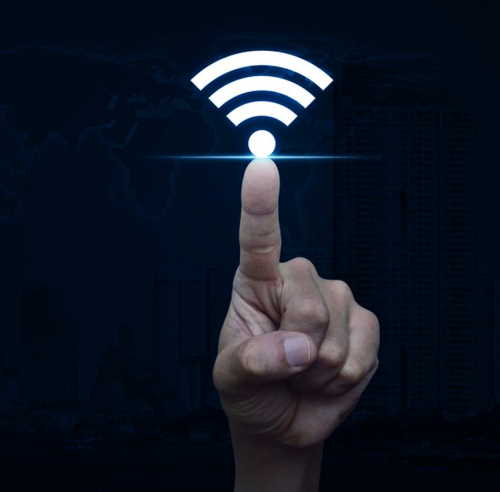This is a query that occurs sometimes, and the short answer is no. Actually, you could rephrase your question and claim to be interested in baby alarms, radio operated vehicles, cordless telephones, security alarms, Bluetooth headsets, and loads of other things operating without cause for concern in the same unlicensed radio frequency band. Doesn’t your baby alarm like having your microwave door open in your home?

The longer response is that a Wi-Fi signal’s power is about 100,000 times lower than a microwave oven. The oven is a focused system with short distances and high voltages. Wi-Fi routers run at very low pressures, are transmitted and are used for relative distances in all directions.
In other words, the power of the signal falls very quickly. At normal operating distances, the strength of Wi-Fi is typically so low that there is no need to bother: it is just part of the smog created by radio and TV signals, AC power cables, motors in house apps and the general world.
Now, harmful things can definitely be done with radiation, even though they only concentrate the sun’s rays using parabolic mirrors to make Roman fleets on fire. A high-pressure water jet is also possible to cut through steel, but you won’t die while you take a bath or stand under a fountain.
 Many experts have tried to find out side effects of Wi-Fi on health or particularly mobile phones pose a health risk. All we can say is that Wi-Fi does not pose a known danger. There is also the dilemma of trying to confirm a negative one.
Many experts have tried to find out side effects of Wi-Fi on health or particularly mobile phones pose a health risk. All we can say is that Wi-Fi does not pose a known danger. There is also the dilemma of trying to confirm a negative one.
Naturally it makes sense to reduce the risk, given that you focus on the greatest risks, not the insignificant ones. If you want to do that, the first thing to do must be the cell phone. When used, the telephone is held near the brain and the Wi-Fi router may also be in another space (inverse square law). It has been calculated that you have a higher dose of microwaves than one year’s Wi-Fi from a 20-minute call.
